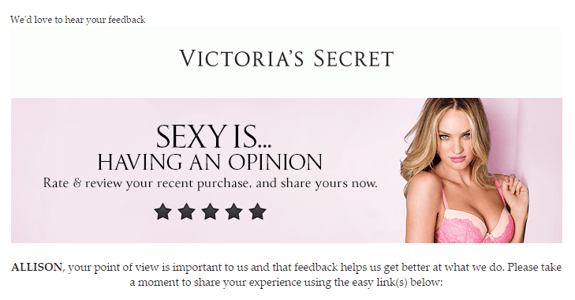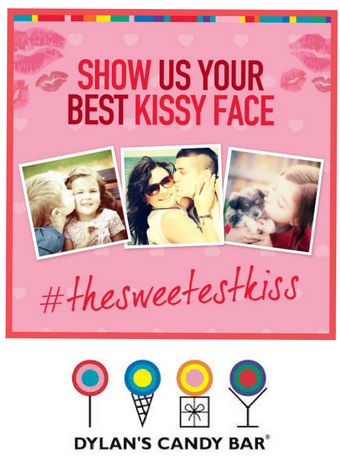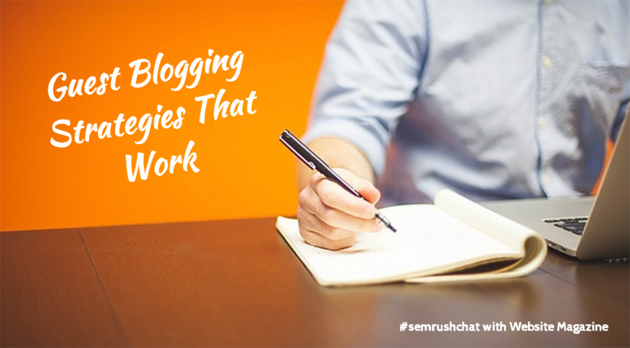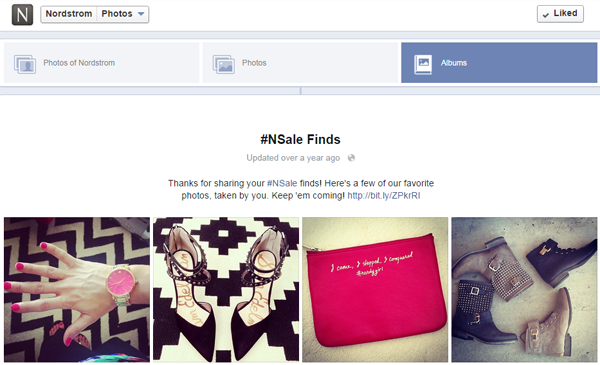4 Ways to Encourage User-Generated Content

As brands continue to put an emphasis on content marketing, it is important to keep in mind that there is one type of content that is more valuable than the rest - user-generated content (UGC).
UGC comes in a variety of formats, from product reviews to social media posts. The reason this type of content is so valuable is because it is cost effective and consumers generally find it to be more trustworthy than branded content.
The challenge, however, is obtaining UGC, which can sometimes be difficult to do. By giving consumers a little encouragement (and reminders), however, brands will soon find themselves sorting through a UGC goldmine. For some ideas, check out the four tactics featured below:
1. Email
Email is the best way for merchants to obtain product reviews from customers who have recently made a purchase. To increase response rates for these messages, however, merchants should provide some context and explain why it is important to verify the customer is satisfied with his or her shopping experience, such as Victoria's Secret does in the image featured below. This approach fosters a more interactive and open relationship between the brand and its consumers.

2. Contests
Contests are a great way for brands to drum up some UGC on social networks not only because consumers like to interact with brands, but also because contest prizes act as motivation to drive participation. Fortunately, there are quite a few platforms that can make the content creation and management process much easier, such as Wishpond, Votigo, Iconosquare, ShortStack and Piqora.
With many of these platforms brands can create photo and video contests that require participants to follow the brand and use a specific hashtag in their posts. In fact, a Piqora case study for Dylan's Candy Bar shows that the retailer leveraged Piqora to launch an Instagram photo contest.
The contest required participants to follow Dylan's Candy Bar on Instagram, submit a photo of their "kissy face" and use the hashtag "#thesweetestkiss." The outcome was an increase in followers for Dylan's Candy Bars as well as more than 2 million impressions from just 75 photos, which shows the virality of user-generated content on Instagram.

3. Leverage Social
Social networks are meant to be interactive, so instead of just sharing new content with followers, brands can try doing things like ask questions to generate UGC. Then brands can share customer responses with their fans.
Take SEMrush for example (see image below). The tech company routinely conducts Q&A sessions on Twitter (Website Magazine was recently the special guest of "Guest Blogging Strategies that Work"), asking all participants to use the hashtag #semrushchat. The company then retweets some of the participants' comments. What's even better, is they turn these chats into blogs and other content (a great example of repurposing content).

4. Just Ask
It may sound old-fashion, but brands can use more traditional forms of marketing to increase UGC production. For example, online retailers can include a note in consumers' packages asking them to share a picture or video of them using the item they just purchased (like Nordstrom routinely does).
On the note the retailer should include its social usernames and even a hashtag (Nordstrom uses #NSALE) so the UGC is easier to find. Conversely, brick-and-mortar retailers can include this same type of information on their receipts.











